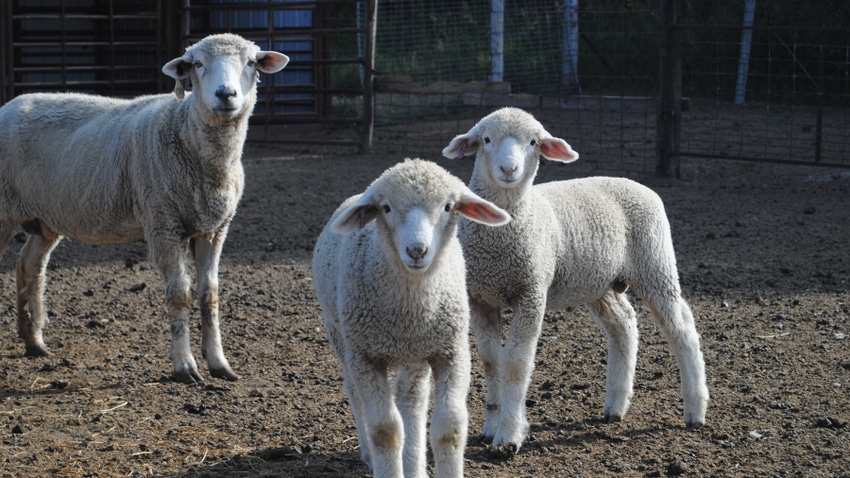
Coyotes. Mountain lions. Stray dogs. These are among the most frequent predators of sheep and goats in the U.S., along with bears in some regions.
Sheep and goat predators cost the industry. Chad Page, Utah State University sheep and goat specialist, said his state lost 26,300 sheep and goats to predators in 2020, and 60% of those were lost to coyotes.
“The coyote range has spread across the years,” Page said in a recent webinar on predators. “Coyotes and coyote hybrids are doing very well. But they do respond well to hunting. If we hunt them, the population goes down, but as soon as we stop hunting them, the population bounces right back up.”
Stray dogs
Another overlooked group of predators for small ruminants are stray or neighborhood dogs. “In many cases, they are not wanting to kill and consume the animals,” Page said. “Their prey drive kicks in, so they simply maul them.”
In addition to the overall animal losses, there are losses in production to animals that are regularly threatened by predators, Page said.
“In a study with two groups of cows, one group had never experienced devastation from predators like wolves,” he explained, “but the other group had been out on rangeland in the forest in Oregon where there were wolves.”
There was a noticeable difference in disposition, Page noted. “When we mimic the presence of a wolf by introducing a German shepherd dog to the group, the cows that had seen wolves before were highly anxious and nervous, but the cows that had never experienced wolves were much calmer and not grouped together,” he said. “This goes across different animals, but it shows how much of an impact these predators can have on animals.”

Predators can cause production to go down, decreasing the amount of gain on an animal — purely as an impact from their presence — Page said.
Lethal means of control, like trapping and hunting, are widely used in the industry by sheep and goat producers. But nonlethal control means have been increasing in popularity, showing particular promise, Page said, when they are used cohesively — employing numerous nonlethal treatments at the same time.
Nonlethal methods
Some of the nonlethal methods that are most promising include fencing, night corrals and electric fence, especially when guard dogs are used along with the fencing. Some producers will actually establish their fencing to avoid natural travel patterns and trails used by predators such as coyotes and mountain lions, to avoid contact whenever possible.
“For many operations, using a night corral so the sheep sleep inside an electric fence, with guard dogs patrolling the perimeter” is successful at deterring predators, Page said. Guard animals might be dogs, llamas or donkeys, he added. With multispecies grazing, sheep or goats could be protected by grazing simultaneously with cows.
“Management-wise, these species eat the same grass as the sheep and goats,” Page said. “As for llamas for protection, it seems to be better when you have just one llama, as opposed to two. There are some studies with alpacas that suggest multiples of alpacas are better.”
Guard animals can be used in combination with electric fence and guard dogs, using multiple tools available, for better success.
“Probably the most effective predator deterrent for sheep and goats is a guard dog,” Page explained. “But they need proper training, and time needs to be put in for these animals to be most effective.”
In studies in the 1980s of operations with and without guard dogs, the operations without dogs had a greater loss of animals to predators. “Dogs overall did a great job of protecting small ruminants,” Page added.
However, guard dogs may wander away from the flock, so Page suggested tagging them with an identification and microchipping the dogs as a way of keeping track of them. “This also shows anyone they might encounter that they have a certain job to do,” he said.
Other tools
Other nonlethal management practices might include fladry, a rope mounted along the top of a fence, from which are suspended strips of fabric or colored flags that will flap in the breeze in order to frighten predators away for a time. Some producers even park unfamiliar trucks or other vehicles around the area to keep predators away for a day or two.
“The more tools we have in our toolbox, the more things we can experiment with, will help decrease any losses,” Page said.
Learn more by emailing Page at [email protected].
About the Author(s)
You May Also Like






